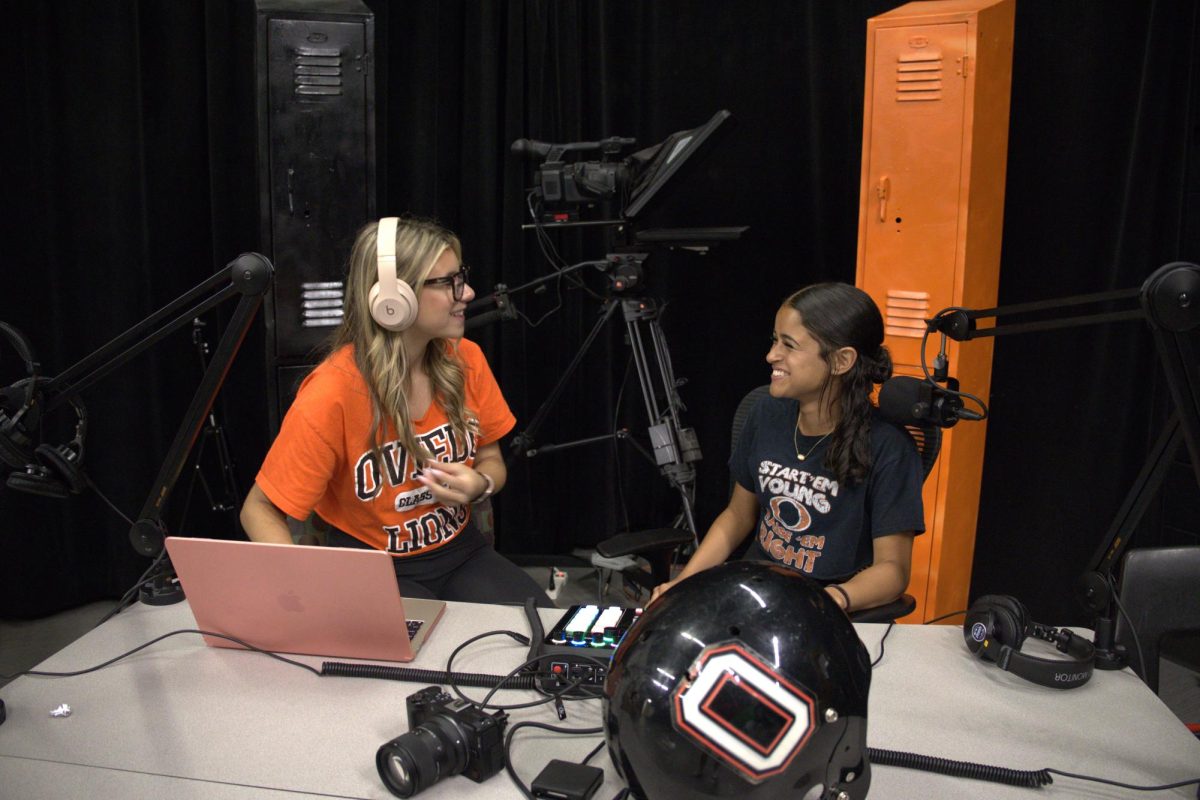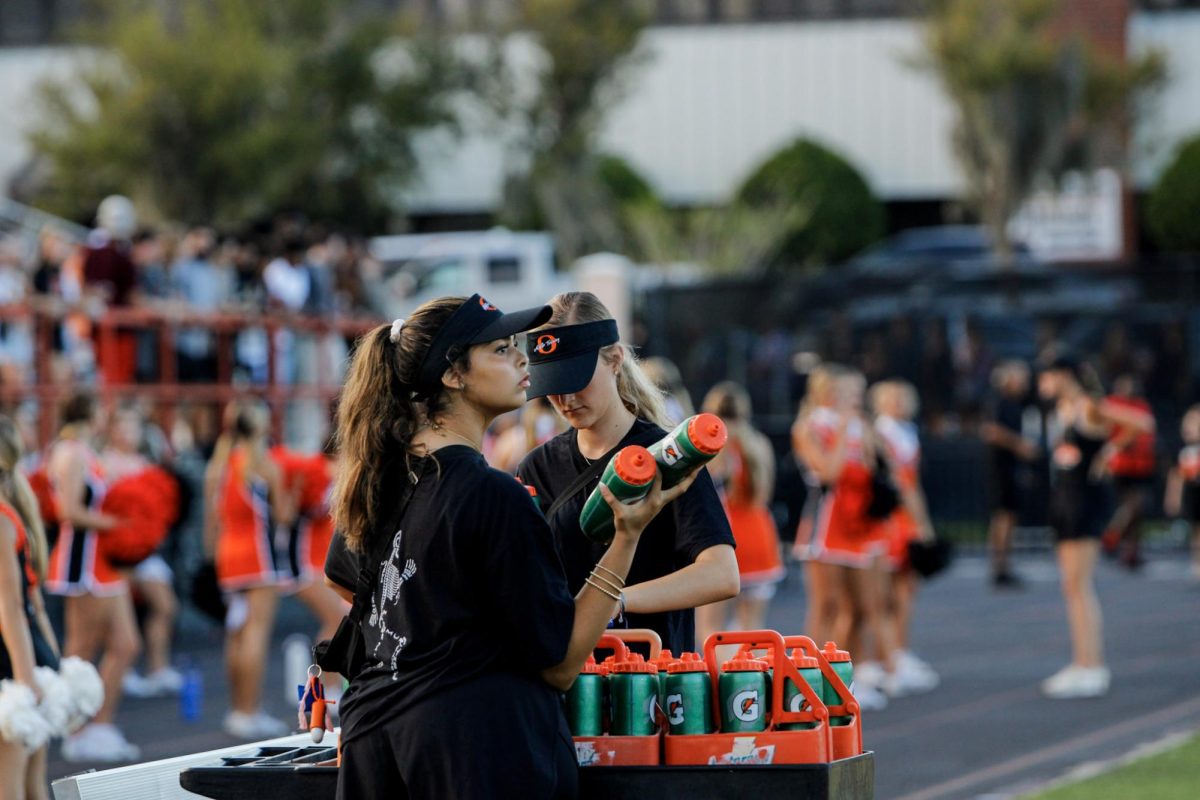Political nuance defines electorate
WEB EXCLUSIVE
Everyone seems to be saying the same thing: there are no centrists anymore, that all who run must run to the farthest extreme.
That’s what the theme of this election is turning out to be. With the primary victories of Alexandria Ocasio-Cortez (a self-proclaimed Democratic Socialist) in New York and Ron DeSantis in our own state of Florida, candidates to the far left and far right seem to be appealing the masses.
What does this say about us as an electorate? Many political pundits say we are becoming more polarized, more distant from the other side of the spectrum. With the diminishment of the moderates comes a greater political divide.
But they are overlooking the fact that many races around the country have resulted in moderates on the ballot this November. In California, for example, far-left insurgent candidates have lost to conventional centrist Democrats, overall; this occurred in over 30 districts in the House of Representatives. This has also proved true in states like Wisconsin and Illinois.
But let’s focus on Florida. While the governor’s race has been fraught with two candidates on two very different sides of the aisle, the senator’s race has been more nuanced. Rest assured, incumbent Senator Bill Nelson and Governor Rick Scott have very different policy agendas. But their agendas are quite in line with centrist establishmentarian sectors. They are both long-time key players in Floridian politics, and therefore understand the reddish-purple hue of the electorate. Hence, they are more disposed to stay away from any extreme so that they may pick up independent voters in elections.
The governor’s race is the direct opposite. Andrew Gillum is running on a platform similar to Bernie Sanders’s 2016 presidential campaign. Meanwhile, Ron DeSantis is running on a Trumpian platform that skews far-right. These partisan candidates were surprise victors on primary day back in August, when the more established centrist Democrat Gwen Graham and experienced conservative Republican Adam Putnam lost.
The fact that these candidates resonate with voters in Florida seems contradictory. How can people vote for the establishmentarian and the insurgent?
The fact that the establishment has prevailed in the senate race and the insurgent has prevailed in the governor’s race may provide a clue. Senators represent Florida to the rest of nation, and make sure Floridians’ voices resonate in federal law-making.
Meanwhile, the position of governor is largely state-centered; the governor is the head of the executive state government. Hence, s/he is more concerned with making sure the intricacies of state law and policy serve Florida. They are not representing Florida at a federal level.
Maybe that’s why voters feel comfortable skewing widely to the right or the left in the governor’s race this season. Maybe they’re afraid of what it may mean to elect radical candidates to the federal level.
While voters’ views may be shifting more to eitherside of the aisle, people still recognize the risks in doing so. Electing a solidly Democratic or Republican official alienates those who are of the opposite party. Hence, centrists and moderates have often been a safe bet for helping to serve more of the electorate’s needs. There’s a lot of nuance involved in voting. It doesn’t just skew right or left wildly and randomly; there is thought and strategy behind it.
Your donation will support the student journalists of Oviedo High School. Your contribution will allow us to purchase equipment and cover our annual website hosting and printing costs. Thank you!










![Prom king Colin Napier and queen Leah Hopkins dance the night away during the Golden Gala on April 26th. Prior to the prom, the Student Government must make many preparations over the course of months in order to ensure it goes off without a hitch. However, their work eventually pays off when it comes time for the dance. “We set up [the prom] the day before, and it’s horrible. We’re there for a very long time, and then we get our beauty sleep, and then we get ready for prom the next day,” Aubrie Sandifer said.](https://oviedojournalism.com/wp-content/uploads/2025/05/Oviedo-197-800x1200.jpg)

























